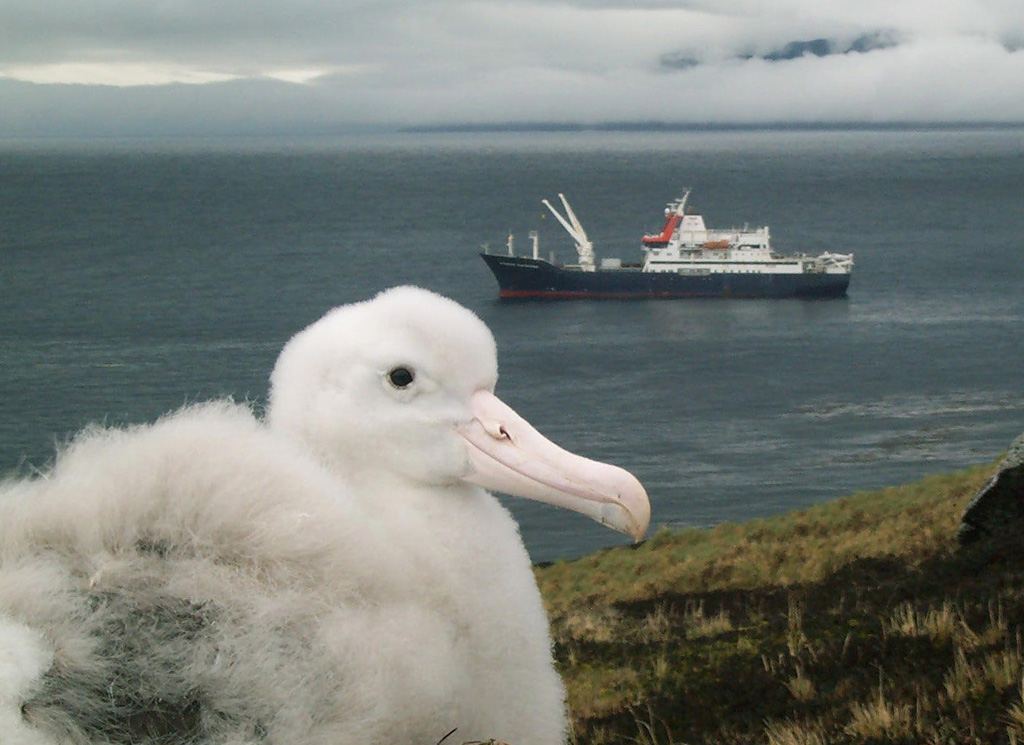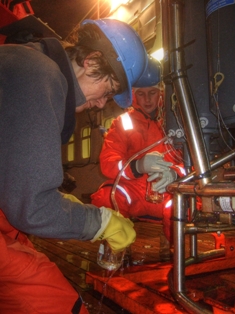
Image: GEOMAR

Image: MRI-UI

Image: GEOMAR
CARBOCHANGE science highlights 2014
- CARBOCHANGE scientists contributed to the recently released Global Carbon Budget 2014
- CARBOCHANGE scientists co-convened a session on The ocean carbon cycle at a time of change: data syntheses, analyses and modelling (A1) at the IMBER Open Science Conference in Bergen, Norway (23-27 June 2014)
- CARBOCHANGE scientists convened a session on Ocean biogeochemical dynamics under changing climate: feedbacks and impacts (B4) at the IMBER Open Science Conference in Bergen, Norway (23-27 June 2014)
- CARBOCHANGE scientists co-convened a SOCAT Community Event (W10) at the IMBER Open Science Conference in Bergen, Norway (23-27 June 2014). A preliminary report can be viewed here.

Image: N. Metzl, UPMC

Image: R. Schlitzer, AWI

Image: N. Lefèvre, UPMC
CARBOCHANGE science highlights 2013
- CARBOCHANGE scientists contributed to the recently released Global Carbon Budget 2013 (see Le Quéré et al., 2013)
- Proposed atmospheric CO2 buildup from changing winds over Southern Ocean partly compensated by effects from ocean eddies (see Dufour et al., 2013)
- Release of SOCAT Version 2 (see Bakker et al., 2013)
- CARBOCHANGE research results are published so far in over 40 peer-reviewed scientific articles; 2 are under discussion in open access journals; 10 are submitted
- CARBOCHANGE has generated two data portals: for observational and for model output data
- CARBOCHANGE contributed to the generation of two websites on Surface Ocean Carbon
- CARBOCHANGE activities and results received considerable attention in the media

Image: P. Brown, UEA

Image: GEOMAR

Image: D. Bakker, UEA
CARBOCHANGE science highlights 2012
- A transient biochemical budget model applied to the Laptev Sea clearly shows the large positive feedback to the atmospheric CO2 concentration by input of terrestrial organic matter to these shelf seas. (Wåhlström et al., 2012a; Wåhlström et al., 2012b)
- The storage rate for anthropogenic carbon (Cant) calculated for the western South Atlantic basin was found to be higher than in previous estimates, suggesting that the low [Cant] in the high volume of Antarctic Bottom Water (AABW) that enters the South Atlantic is the reason of the higher Cant storage rate. (Ríos et al., 2012)
- A systematic evaluation of the marine carbon cycle in the Earth system models (ESMs) used for the IPCC climate projections was initiated. The seasonality of oceanic pCO2 and its drivers (SST, SSS, DIC, ALK) in the two latest generations of ESMs have been evaluated. Identifying both the physical and biogeochemical processes that cause the most significant regional errors in pCO2 seasonality should help guide model development and lead to improved confidence in projections of oceanic CO2 uptake. (Lenton et al., 2012)
- CARBOCHANGE played a significant role in establishing the Surface Ocean Carbon ATlas (SOCAT – www.socat.info) (Pfeil et al., 2012; Sabine et al., 2012)
- CARBOCHANGE contributed to the Global Carbon Budget 2012. (Le Quéré et al., 2012; Peters et al., 2012)

Image: N. Metzl, UPMC

Image: GEOMAR

Image: D. Bakker, UEA
CARBOCHANGE science highlights 2011
- CARBOCHANGE contributed to the Global Carbon Budget 2011: World Ocean takes up 26% of CO2 emissions to atmosphere in year 2010. (Peters et al., 2012)
- The Nordic Seas presently provide 8% of the ocean carbon sink. (Jeansson et al., 2011)
- Biological carbon pumping at west coasts can be reduced by turbulent motion. (Gruber et al., 2011)